Kaizō-ji Temple is located about a 20-minute walk north from the west exit of Kamakura Station. This temple belongs to the Rinzai sect of Zen Buddhism and was known to be quite large during the Kamakura period, boasting a complex with seven buildings. Unfortunately, it was destroyed after the fall of the Kamakura shogunate. Later, in 1394, it was rebuilt under the orders of Ashikaga Ujimitsu, the Kamakura kubō, who invited the priest Shinsyō Kūgai to oversee the reconstruction. The temple thrived under the protection of the Uesugi clan.
Throughout the year, the temple is known for its beautiful flowers and is regarded as one of the top flower temples in Kamakura. In early autumn, you can see bush clover, as well as flowering quince in spring, trumpet vine in summer, and plum blossoms in early spring.

Around the Entrance
As you approach the temple, you will find bush clover blooming on both sides of the stone steps leading to the Sanmon (main gate). Since it is late September, the flowers might not be at their peak, but they still offer a lovely sight. However, they may not photograph well; it’s probably better to see them in person!
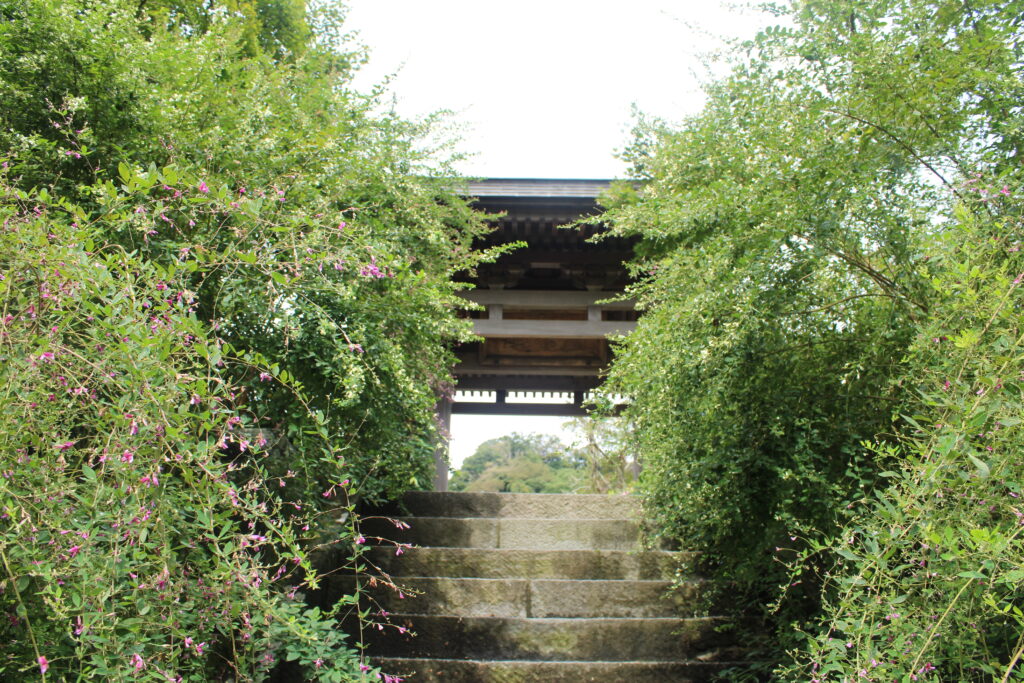
Before you pass through the Sanmon, there is a well called “Bottomless Well” on the right side of the stone steps. This well is one of the ten wells of Kamakura. It is said that when a medieval warrior’s daughter, Chiyonō, came to fetch water, the bottom of her bucket fell out, leading her to compose the verse: “If the bottom of Chiyonō’s bucket cannot hold water, the moon cannot even settle there.” This name reflects not just the physical well but also the spiritual liberation she experienced, symbolizing enlightenment.
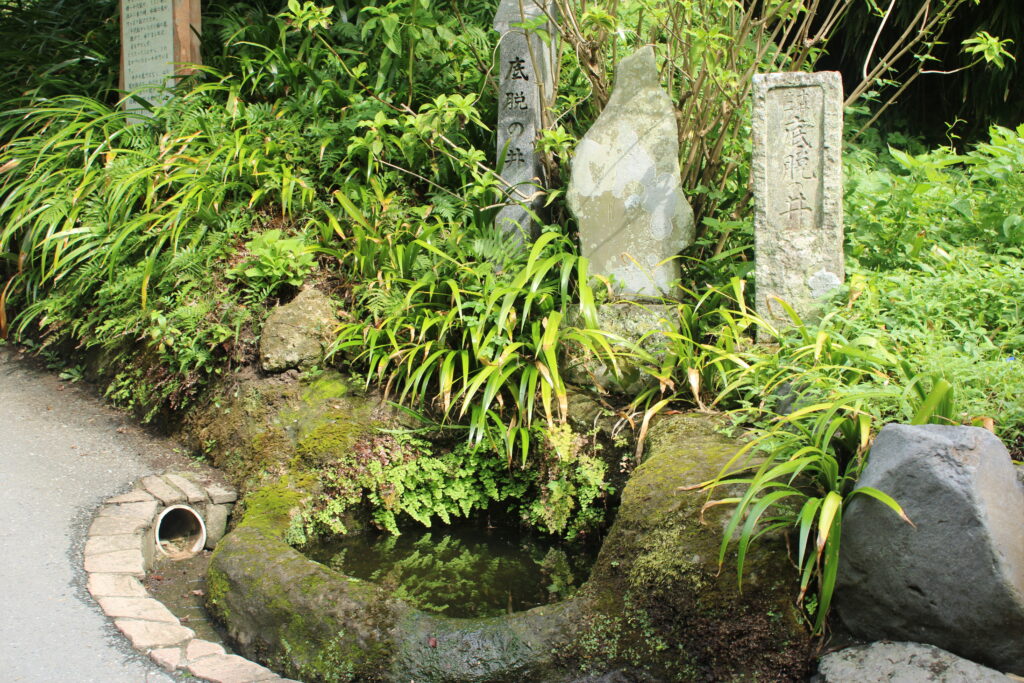
Exploring the Temple Grounds
Upon entering through the Sanmon, you will immediately see the main hall, which houses statues such as the Eleven-faced Kannon.
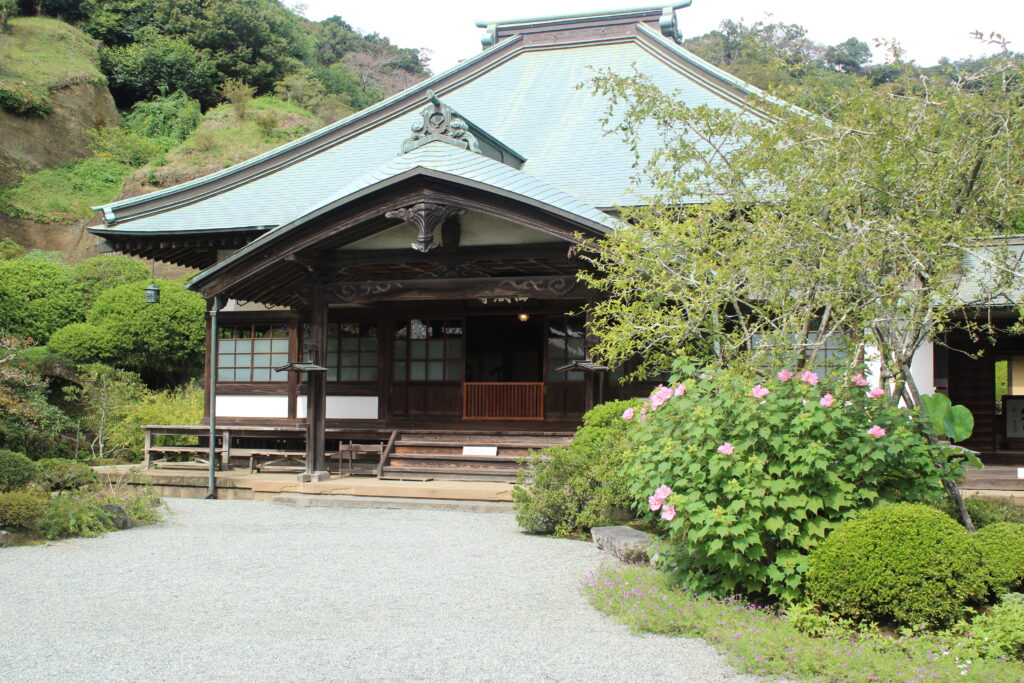
There is also a hall containing the statue of Yakushi Nyorai!
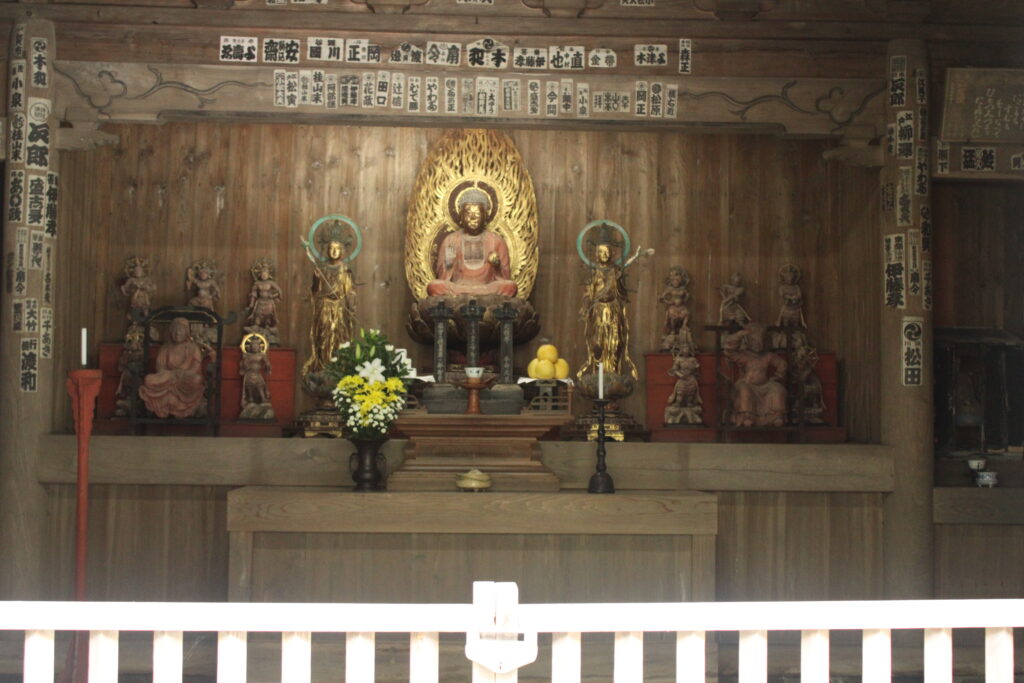
Close to the temple grounds, there is a famous well known as the “Sixteen Wells.”

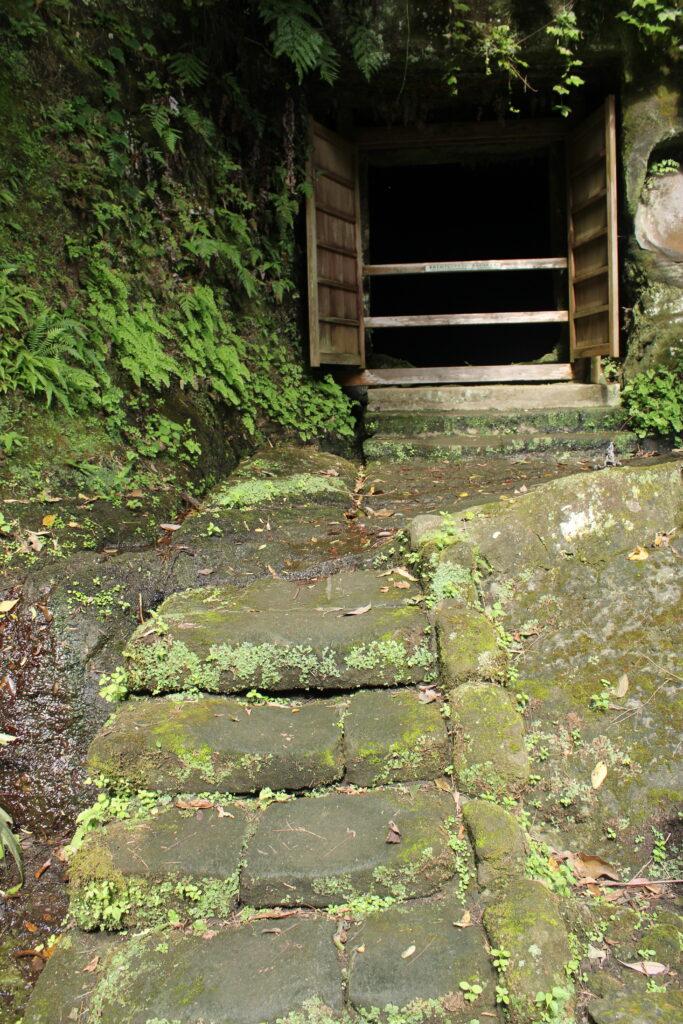
Legend has it that it was dug by the revered monk Kūkai, also known as Kōbōtaishi. I tried to take some photos inside, but it was quite dark, which made it a bit challenging, though I hope the atmosphere comes through!

Though only twelve holes are visible, there are actually sixteen, including those at the front. If Kūkai really did dig these wells, it’s quite impressive! It leaves one wondering why he dug sixteen wells.
Who Was Kūkai?
Kūkai, or Kōbōtaishi, is one of Japan’s most famous monks. He was born in 774 in Sanuki Province (now Kagawa Prefecture). A gifted scholar from a young age, he became interested in Buddhism early on. He studied in Kyoto, aspiring to become a monk, and at the age of 31, he traveled to Tang China as part of an official mission to seek deeper teachings of Buddhism.
In 805, Kūkai arrived in China and learned from the high priest Huiguo at the Qīnglóng Temple in Chang’an. His training and studies here profoundly influenced his thought. Returning to Japan in 806, he established the foundations of Shingon Buddhism based on the esoteric teachings he acquired in Tang.

Kūkai made Kōyasan his spiritual center, where he established the base for Shingon Buddhism. His efforts attracted many followers and spread the teachings throughout Japan. His philosophy emphasized not just religious rituals but also practical applications in daily life and spiritual growth.
Kūkai passed away in 835, but his teachings and influence continue to hold significant importance in Japanese Buddhism. His life embodies a deep commitment to spiritual inquiry and cultural contribution, leaving a lasting impact on Japan’s spiritual culture.

Conclusion
What do you think?
I visited in late September, so the bush clover was beautiful. however, other seasons, such as the plum and cherry blossom periods, also promise stunning views. The temple is notable for its two wells, “Bottomless Well” and “Sixteen Wells,” particularly the latter’s connection to Kūkai. Reflecting on how and why he dug those wells can be quite fascinating!
Additionally, nearby are other temples like Jōkōmyō-ji, Eishō-ji, and Jufuku-ji, making for a great temple-hopping experience. Alternatively, there are hiking trails leading to Genji Mountain, which is especially beautiful during the cherry blossom and autumn foliage seasons!
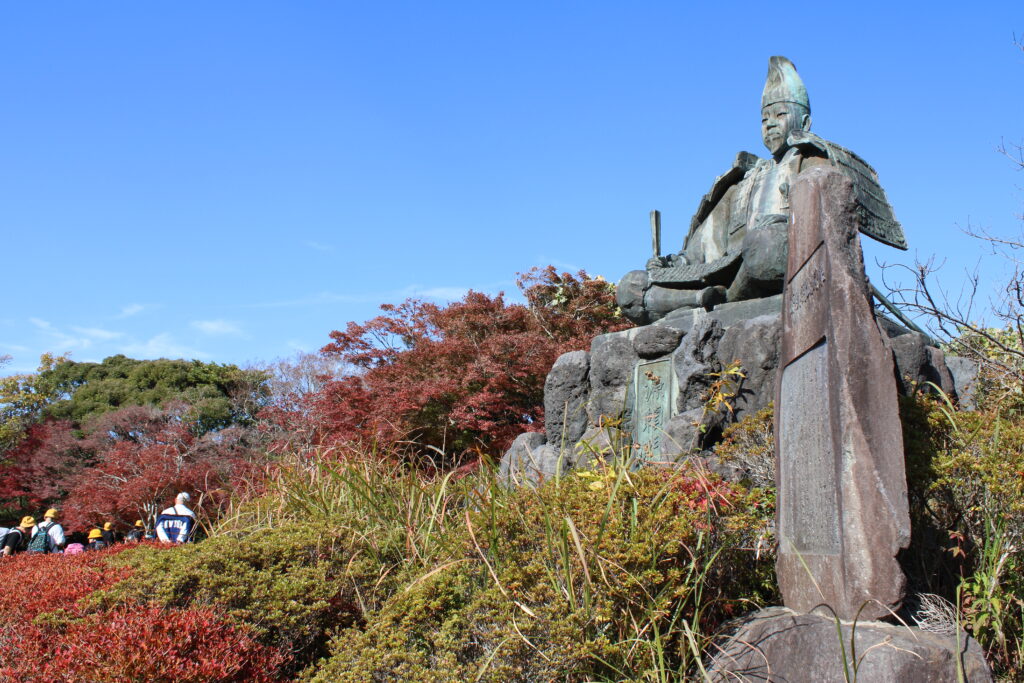
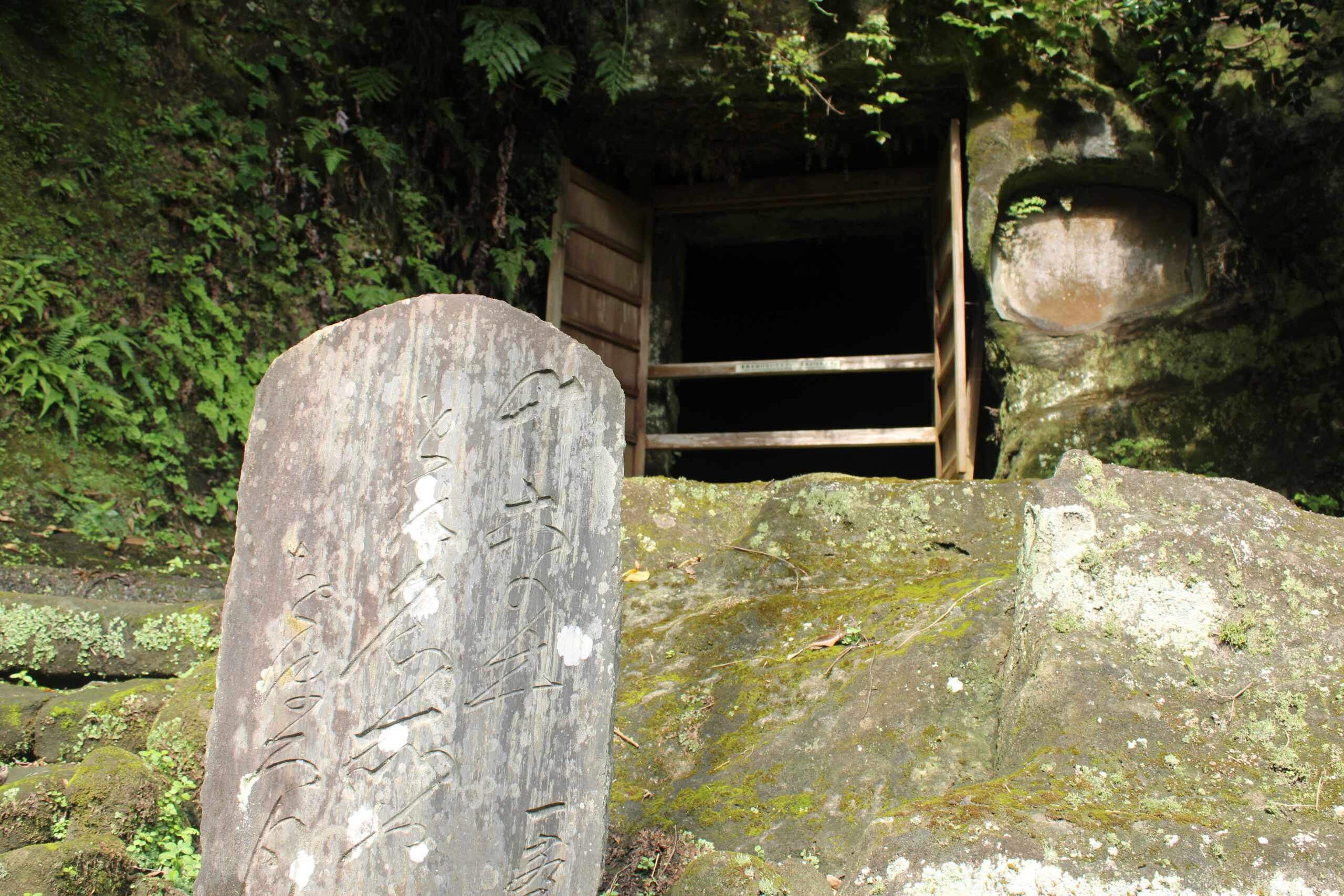


コメント